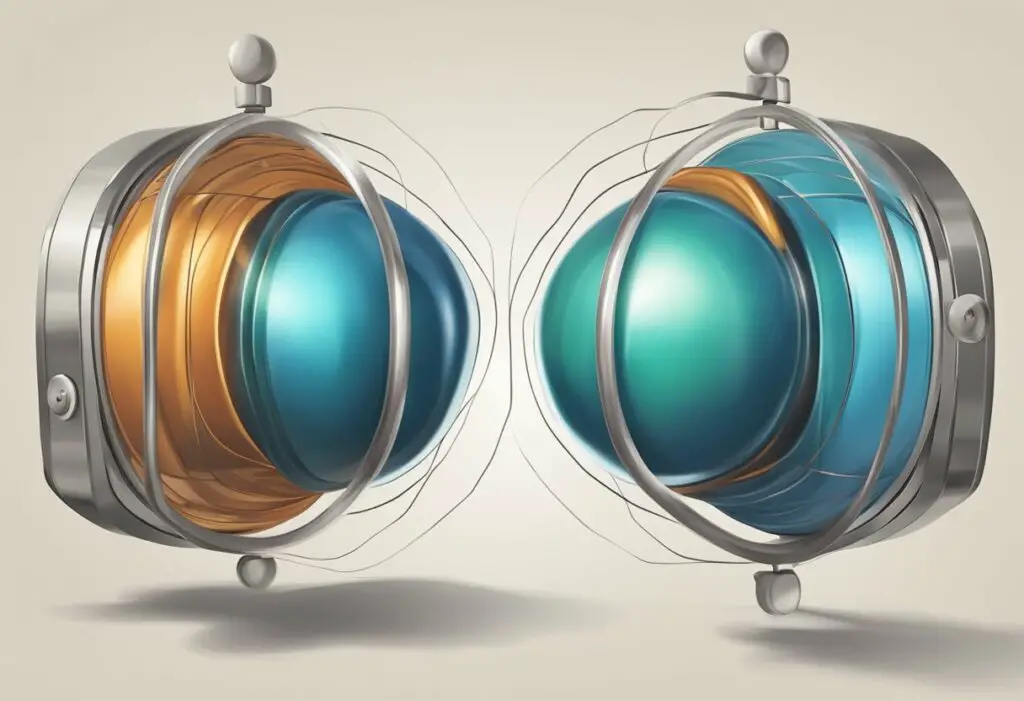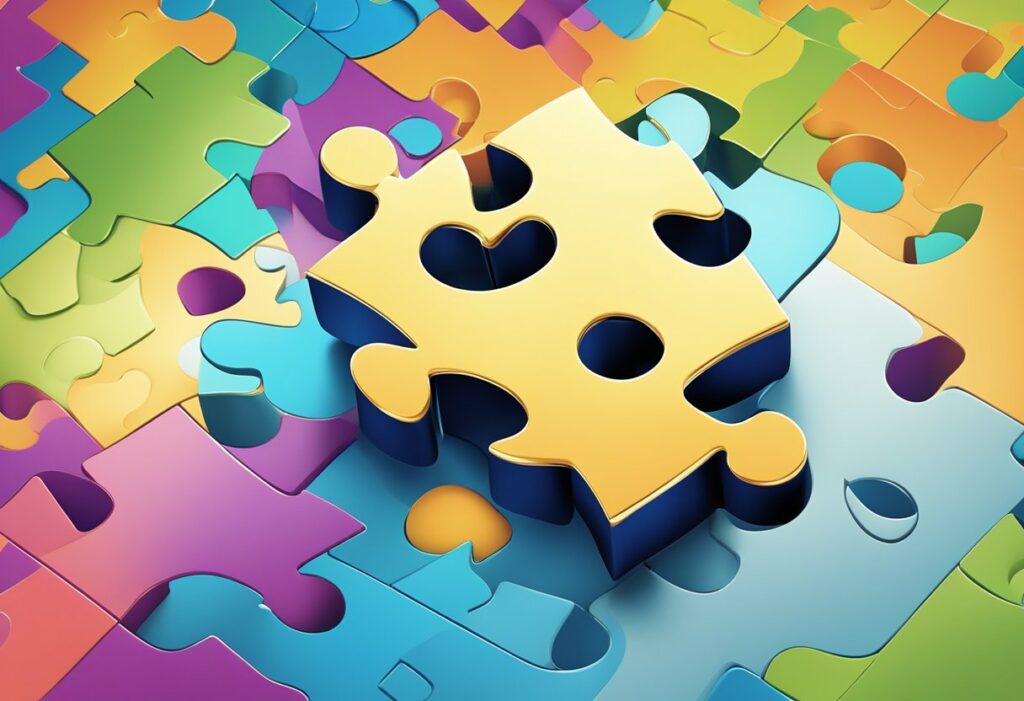The Dynamics of Compatibility: Exploring the Magnetism of Opposite Personalities in Relationships

In the quest to understand human connections, the concept of compatibility often takes center stage. The adage “opposites attract” suggests that individuals with differing personalities, interests, and behaviors create the most dynamic and fulfilling relationships.
At its core, the attraction between dissimilar partners can be attributed to the psychological and emotional complementarity they provide each other. This phenomenon raises compelling questions about the nature of romantic bonds and the intricate dance between sameness and difference.
Scientific inquiries and societal observations alike explore the forces that draw seemingly incongruent partners together. One theory posits that opposites attract because they offer a balance that individuals inherently seek, whether consciously or subconsciously.
Such pairings may allow partners to experience and express parts of themselves that are latent or underdeveloped. The dynamic of attraction to one’s opposite challenges and expands the personal boundaries of both individuals, fostering growth and mutual enrichment within the relationship.
Fundamental Principles of Attraction

Attraction in relationships is a complex interplay between psychological patterns and biological factors. This section explores the key theories and underlying mechanisms that explain why individuals are drawn to each other.
Psychological Theories of Attraction
Psychological attraction is rooted in various theories that outline the mental processes influencing interpersonal connections. One influential model is Robert Sternberg’s Triangular Theory of Love, which posits that intimacy, passion, and commitment are the cornerstones of love relationships. According to Sternberg, a balance of these elements fosters a more profound attraction between partners.
Another significant theory is the Matching Hypothesis, which suggests that people are attracted to others who are similar to them in terms of social desirability. This includes aspects like physical attractiveness, intelligence, and socioeconomic status. Psychological literature supports that like attracts like, meaning individuals often seek partners with comparable traits and values.
Biological Underpinnings of Compatibility
Beneath the surface of psychological attraction lies a complex network of biological systems that influence compatibility. Hormones play a crucial role; for instance, oxytocin, known as the ‘love hormone,’ facilitates bonding and increases trust and attachment in relationships.
Genetic factors also contribute to attraction. Studies have shown that people tend to be drawn to those with differing immune system genes (MHC complex), which can lead to healthier offspring. Furthermore, scent plays a subtle yet powerful role; pheromones are chemical signals that can unconsciously affect an individual’s attraction to another, although the extent of their influence remains a topic of research in human studies.
Opposites Interacting

In relationships, the interaction between individuals with opposite traits can lead to a rich and dynamic partnership.
Complementary Personalities
Individuals with complementary personalities often find that their partner fills a role they lack. For instance, an introvert may appreciate an extrovert’s ability to handle social situations, which reduces stress for the introvert. Conversely, an extrovert may benefit from an introvert’s preference for deep conversations and quiet environments, providing balance.
Balancing Strengths and Weaknesses
Partners with opposing qualities can balance each other out, creating a well-rounded team. For example:
| Strength | Partner A | Partner B |
|---|---|---|
| Decision-making | Fast, instinctive | Careful, analytical |
| Social Interaction | Outgoing | Reserved |
| Risk-taking | High tolerance | Cautious |
| Organization | Meticulous | Flexible |
They leverage their differences to enhance their joint capabilities and compensate for individual weaknesses.
Challenges and Benefits

When opposites attract, relationships may experience unique hurdles and rewards. An understanding of these dynamics can facilitate stronger connections.
Navigating Differences
Differences between partners can lead to frequent misunderstandings and friction. For instance, an introverted person may find an extroverted partner’s social calendar overwhelming, while the extrovert may feel limited by their partner’s preference for solitude. Communication is key:
- Common Challenges:
- Balancing social needs
- Respecting personal space
- Aligning long-term goals
Addressing these differences requires clear and open dialogue, the development of compromise strategies, and mutual respect for each other’s perspectives.
Growth and Development in Relationships
Though challenging, these differences often catalyze personal growth and relationship developments. Couples tend to gain new insights and experiences, enriching their lives. Growth occurs as they:
- Expand Comfort Zones: Trying new things together.
- Build Empathy: Understanding different viewpoints.
A relationship can thrive when partners leverage their differences to create a balanced and fulfilling partnership. For example, an organized individual might help a more spontaneous partner to plan more effectively, while the spontaneous partner adds an element of unpredictability and adventure to their lives.
